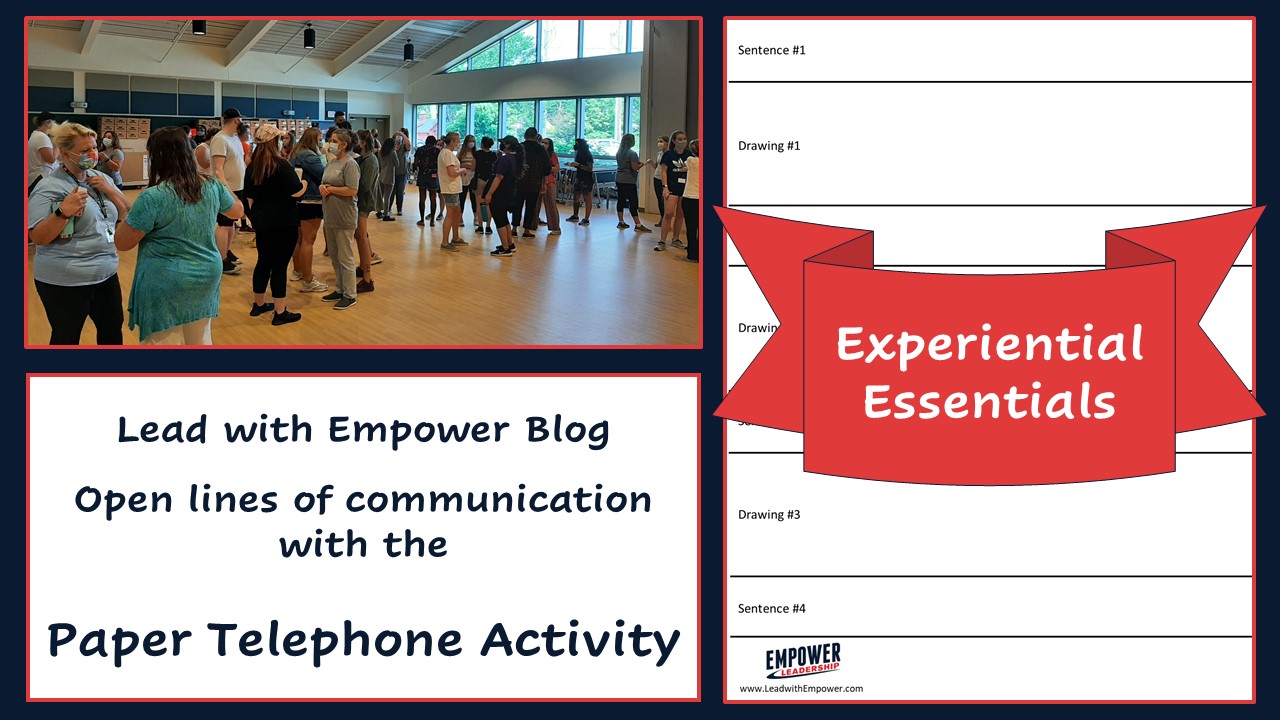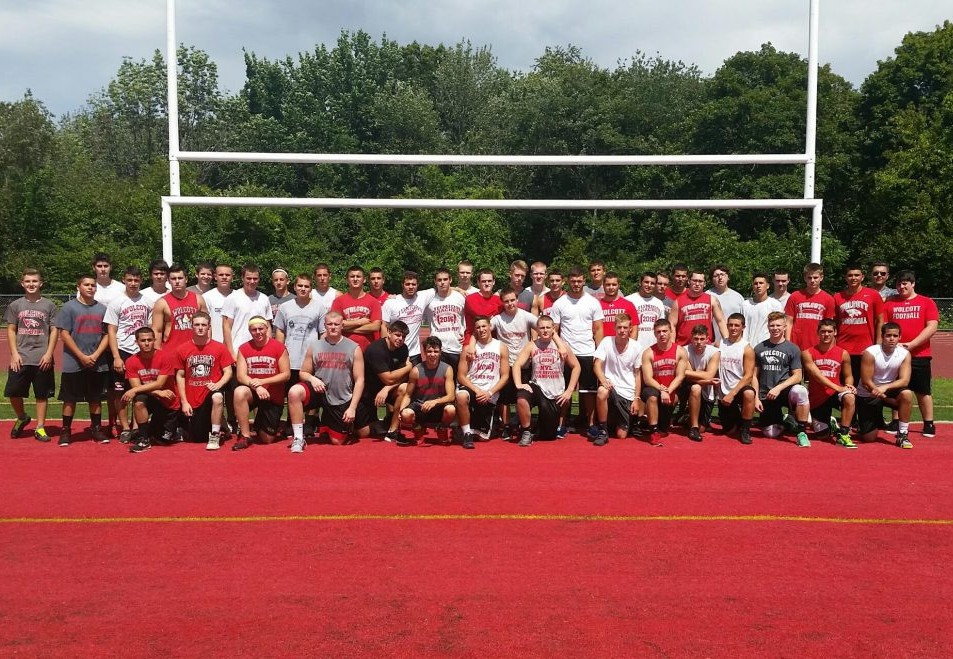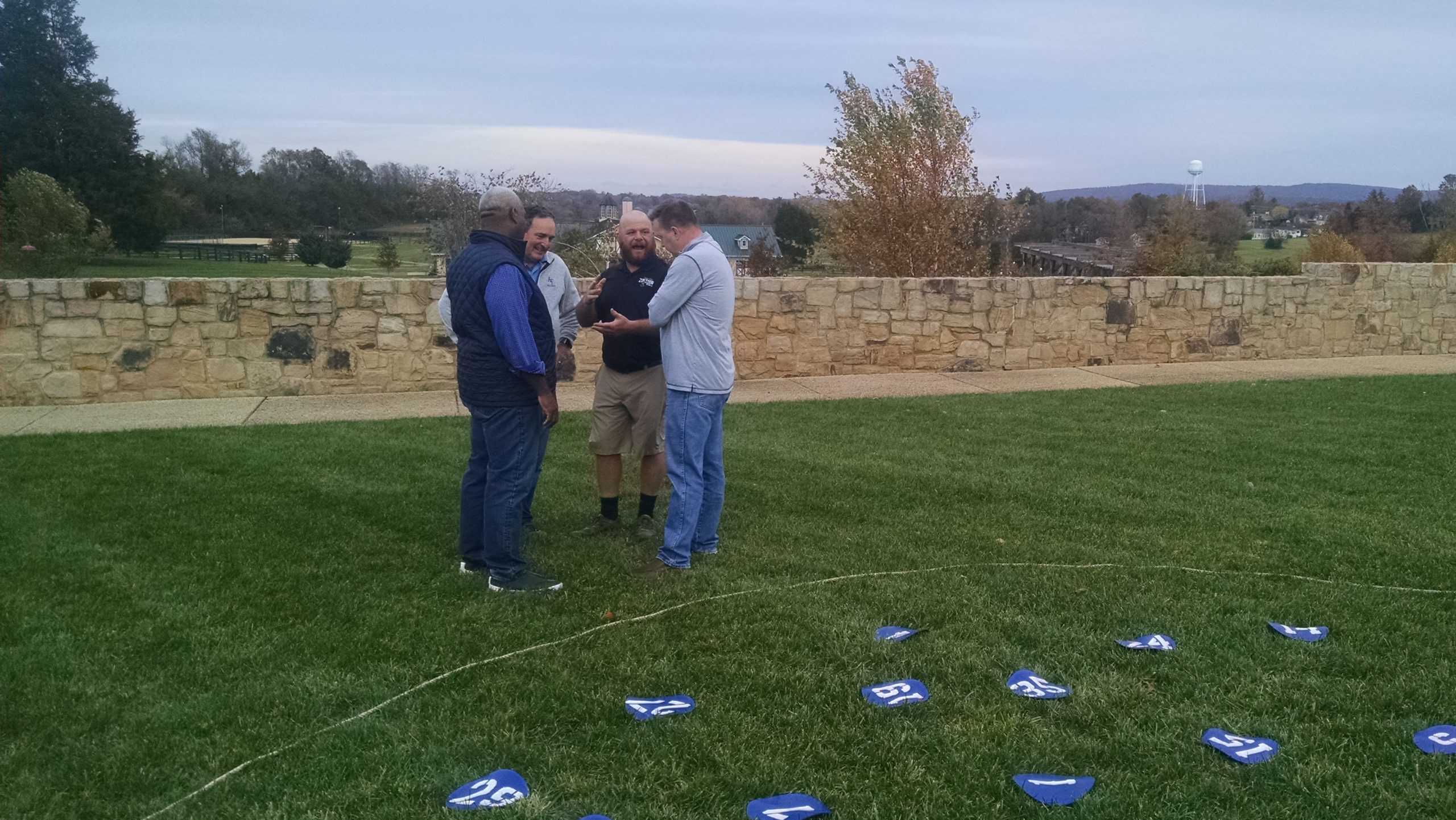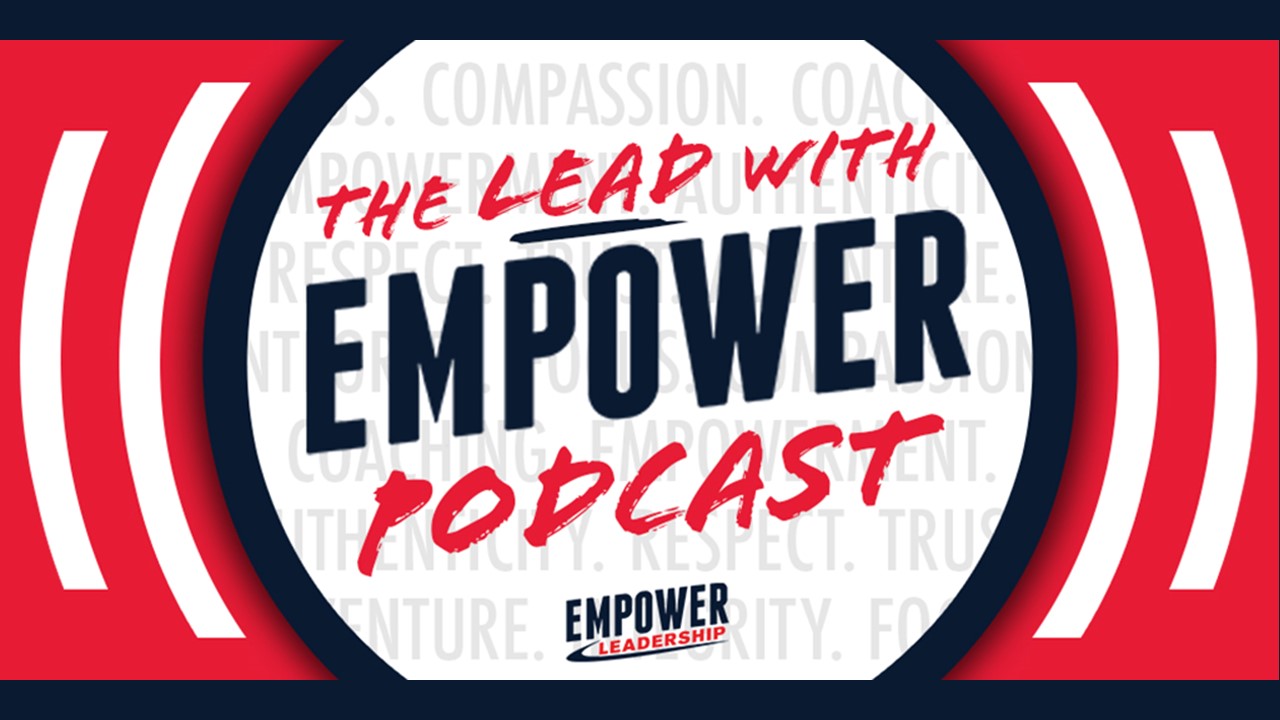Responsible Decision Making and Risk Taking
We have stated in many past blogs, vlogs, and podcasts that an adventure is the exploration of the unknown. Adventuring does NOT require a harness and rope or a kayak and personal floatation device; any time we try something new, or something we have done before in a new environment, we are embarking on an adventure! Both Empower Leadership and Empower Adventures were founded on the belief that adventures help individuals and groups discover their best selves. Our journeys into “the unknown” highlight our own self-leadership skills, our ability to lead others, and help us develop new technical skills associated with said adventure activity.
While incorporating elements of adventure into our lives is important, not every adventure is considered a risk worth taking, or a “yes” decision worth making. Prior to adventuring, one must take time to (1) identify why they are interested in the adventure, (2) identify potential outcomes and/or risks of the adventure, and (3) determine if any risk or potential negative outcomes are worth the reward.
Seasoned leaders often make hundreds of these decisions on a daily basis and do so with a high level of success; however, not everyone is a seasoned leader. Responsible decision making and risk taking is a leadership skill that can be learned, practiced, improved upon, and mastered. I will share a simple, yet highly effective, process for decision making that can be utilized by youths and adults alike in this article!
Download Empower Leadership’s “Responsible Decision Making Strategy” Worksheet
Identifying the “What and Why”
The most important step is the first step (until it is time for the next step!). Identifying the decision that you are facing is the critical first step in Empower Leadership’s “Responsible Decision Making/Risk Taking” process. If you could not tell from my past blogs, I am a firm believer in writing stuff down to gain a clearer picture of the situation; in this case, a decision I must make. After clearly stating “the what”, the next step is to identify (1) why this decision is important to you and (2) why this decision may be important to others – remember, the impact of our decisions does not fall exclusively on the decision-maker!
The If-Then Phase
Decision at-hand is clearly stated as is the importance or impact of said decision. Now it is time for the fun “If-Then Game”. Take a look at the Decision Making Worksheet and you will see two boxes dedicated to potential outcomes; one for potential positive outcomes and the other for potential negative outcomes. I recommend making the If-Then Phase of decision making one that is exhaustive – list as many potential outcomes as you can possibly think of and write them down in the appropriate box (positive vs. negative).
An Outsider’s Perspective
Decisions, especially the difficult ones, often require people to seek help from someone else; a parent/guardian, relative, coach, co-worker, teacher, or friend. Take a second to identify people in your life who can help you come to a decision – this person, or the group of people, identified make up your support system. Have your support system look over your decision making worksheet and ask them to add their input to the potential outcomes boxes. I also recommend engaging in conversation with your support system – talking through the options with people who may have different viewpoints often leads to a moment of clarity during which you will start to gain confidence in the decision you are about to make.
Put it on a Scale
The decision and its impact have been identified, potential positive and negative outcomes have been listed, and conversations with your support system have been had – now it is time to put the rubber to the road and make your decision!
Say “YES” with confidence and courage if the positives (impact on you, impact on others, and potential outcomes) far outweigh the negatives. Say “NO” with confidence and courage if the negatives (impact on you, impact on others, and potential outcomes) far outweigh the positives. In the event that the “Positive vs. Negative Scale” seems balanced, or close to balanced, the decision at-hand may require more self-reflection and more discussions with your support system. In the end, the decision is yours to be made. Once your self-brainstorm and your support system conversations have been exhausted, go with the decision that you feel in your mind and heart. “Going with your gut” is not considered a haphazard decision when you have gone through the process outlined in this blog and in the Empower Leadership Responsible Decision Making Worksheet!
Learning to Lead
Responsible decision making is yet another leadership skill that can be taught, learned, developed, and eventually, mastered. Implementing our Responsible Decision Making Process will feel “clunky” and time consuming at first; however, just like when we learn any new skill, we improve with passion and practice!
Want to help your students, athletes, or employees further develop their leadership and team skills? Visit our website to learn more about how Empower Leadership helps individuals and groups or teams develop leadership skills through experiential adventure!
















































